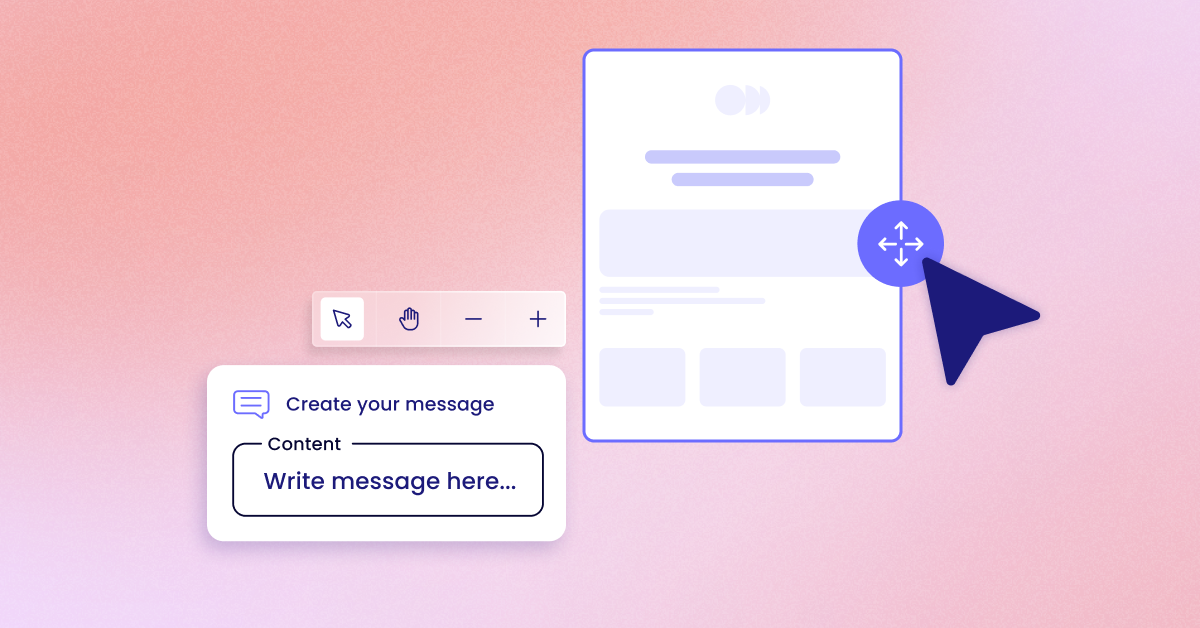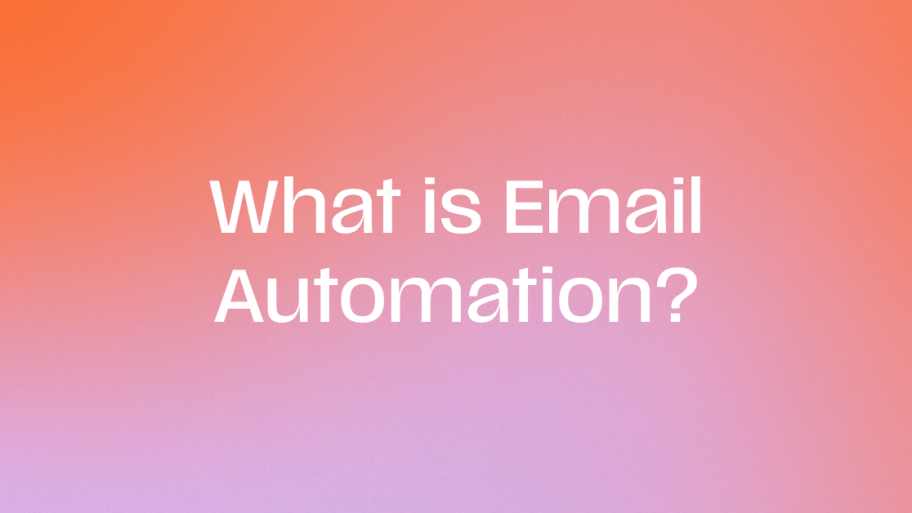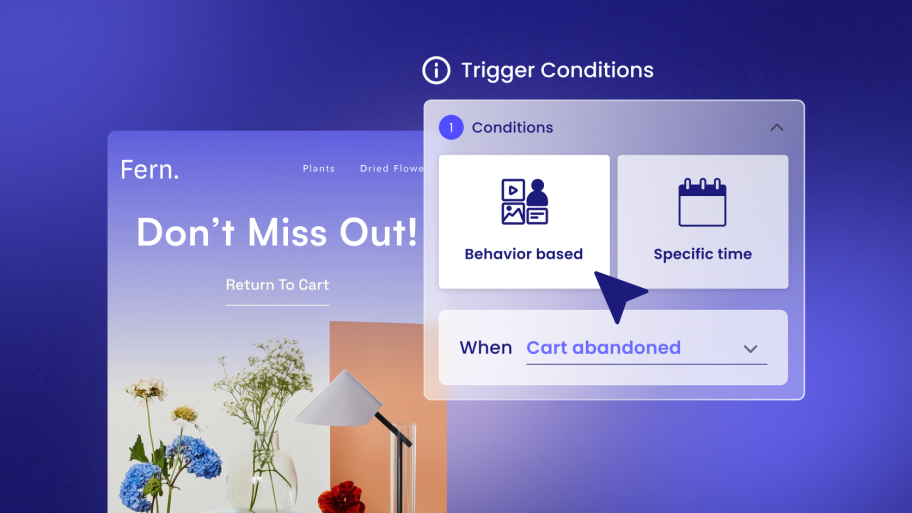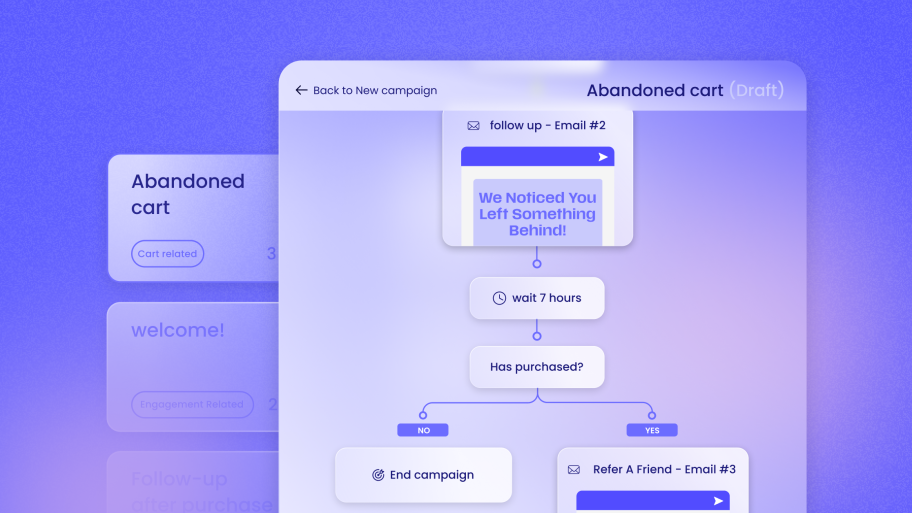As a web professional, your clients look to you to build them more than just a website; they want a platform for growth. Understanding the landscape of customer engagement is critical to providing that value. The terms “multichannel” and “omnichannel” are often used interchangeably, but they represent two fundamentally different philosophies. One is about being present on many channels; the other is about weaving those channels into a single, seamless conversation.
This guide will serve as your deep dive into this crucial topic. We will meticulously break down what multichannel and omnichannel marketing truly mean, explore their strengths and weaknesses, and provide a clear framework for why a shift toward an omnichannel approach is no longer a luxury, but a necessity. For you and your clients, grasping this distinction is the first step toward building a powerful, resilient business that doesn’t just attract customers, but earns their loyalty for life. While building a presence across multiple channels is a foundational first step, embracing a true omnichannel strategy is the undisputed key to winning in the modern economy.
What is Multichannel Marketing? (The Foundational Approach)
Multichannel marketing is the most common approach you’ll see in the wild. It’s a logical and necessary stage in a company’s growth. At its core, it’s about engaging with customers across a variety of independent channels to maximize reach and provide multiple touchpoints for interaction.
The Core Concept: Being Where Your Customers Are
The philosophy behind multichannel marketing is straightforward: the business needs to be present wherever its customers might be. This means setting up shop on a range of platforms, both digital and physical. A typical multichannel strategy includes a combination of:
- A physical retail store
- An e-commerce website
- A social media presence (Facebook, Instagram, TikTok, etc.)
- Email marketing campaigns
- A mobile app
- SMS/text message marketing
- Print ads or direct mail
Think of it like a business setting up several different stalls at a large market. There’s a stall for direct sales, another for taking email sign-ups, and a third for social engagement. Each stall operates independently. They might all share the same branding and sell the same products, but they don’t share information or coordinate their efforts. The goal is simply to be visible and accessible to as many people as possible through as many avenues as possible.
How it Works in Practice: A Real-World Example
Let’s imagine a fictional clothing brand called “Urban Threads.” Their multichannel strategy looks like this:
- Awareness: A potential customer, Sarah, sees a sponsored post for a new jacket on her Instagram feed. The ad is well-designed and catches her eye.
- Consideration: She taps the ad and lands on the Urban Threads website. She browses the jacket and other products. A pop-up appears asking her to sign up for their email newsletter to get 15% off. She signs up.
- Engagement: A day later, she receives a generic welcome email with her discount code. The email is separate from her Browse activity; it doesn’t mention the jacket she was looking at.
- Purchase Decision: A week later, Sarah is near an Urban Threads retail store. She decides to go in to try on the jacket. The in-store staff have no knowledge of her online visit or her 15% off email code. The in-store price might even be different from the online price.
In this scenario, Urban Threads has successfully engaged Sarah on three different channels: social media, email, and a physical store. However, each interaction was a separate, self-contained experience. The channels are not working together; they are functioning as independent arms of the same business.
The Strengths of a Multichannel Strategy
This approach isn’t without its merits, which is why it’s so common. The primary advantages are:
- Increased Brand Awareness and Reach: By being active on multiple channels, you cast a wider net. You can connect with different demographics on their preferred platforms, significantly boosting your brand’s visibility.
- Customer Choice: It gives customers the flexibility to engage with the brand on their own terms. Some prefer Browse on a desktop, others prefer a mobile app, and some still value the in-person retail experience. Multichannel respects these preferences by providing options.
- Focused Channel Optimization: Because each channel is managed separately, teams can focus on optimizing their specific platform. The social media team can focus on what works best for Instagram, while the email team can concentrate on improving their open rates.
The Inherent Limitations and Silos
The biggest weakness of a multichannel strategy is the creation of “channel silos.” This is a critical concept to understand. A silo is created when a department or channel operates in isolation, without sharing data or insights with other parts of the business.
This fragmentation leads to several problems:
- A Disjointed Customer Journey: As we saw with Sarah, the experience is clunky. There is no smooth transition from one channel to the next. The brand fails to recognize her as the same person across different touchpoints, forcing her to start her journey over each time.
- Inconsistent Messaging and Experience: The promotion offered on social media might not be known to the email team or honored by the in-store staff. This creates confusion and frustration for the customer.
- A Company-Centric Perspective: Ultimately, a multichannel approach is built around the company’s structure, not the customer’s needs. The business organizes itself into departments—the e-commerce team, the retail team, the marketing team—and each department manages its own channel. The customer is forced to navigate these internal divisions, which leads to a subpar experience.
While multichannel is a necessary foundation for being accessible, it stops short of creating the truly cohesive experience that modern consumers have come to demand.
What is Omnichannel Marketing? (The Integrated Revolution)
If multichannel marketing is about building many separate roads to the customer, omnichannel marketing is about creating a single, seamless superhighway where the journey is uninterrupted, regardless of which exit or on-ramp the customer chooses to use. It is the evolution of multichannel—a smarter, more integrated, and profoundly more effective approach.
The Core Concept: The Customer at the Center of Everything
The fundamental philosophical shift from multichannel to omnichannel is this: the focus moves from the channels to the customer. An omnichannel strategy recognizes that a customer’s journey is not linear and does not happen in a vacuum. It orchestrates all channels to work together in harmony to create a single, unified experience, with the customer at the very center of the universe.
Let’s revisit our analogy of the market stalls. In an omnichannel model, the business has a “personal concierge” for each customer. This concierge follows the customer from stall to stall, remembering their preferences, anticipating their needs, and ensuring their experience is consistent and personalized at every stop. The experience is no longer about the individual stalls; it’s about the customer’s journey through the market as a whole.
How it Works in Practice: The Same Example, Reimagined
Let’s see how Sarah’s journey with “Urban Threads” would look under a true omnichannel strategy:
- Awareness: The journey starts the same way. Sarah sees a sponsored post for the jacket on Instagram.
- Consideration: She taps the ad and lands on the product page on the Urban Threads website. She adds the jacket to her cart but gets distracted and leaves.
- Personalized Re-engagement: An hour later, she receives an abandoned cart email. But this isn’t a generic email. The subject line reads, “Sarah, is this the jacket you were looking for?” The email contains high-quality images of the exact jacket she had in her cart.
- Seamless Channel Transition: Later that day, she opens the Urban Threads mobile app on her phone. The app greets her by name and shows a notification: “Your cart is waiting!” The jacket is already in her app’s shopping cart. The app also uses her location to send a push notification: “Good news! The jacket you love is in stock at our downtown store, just two blocks away.”
- Integrated Purchase Experience: Sarah decides to buy it online and pick it up in the store (a feature known as BOPIS – Buy Online, Pick Up In-Store). When she arrives, the store associate scans a QR code from her app. The associate greets her by name and already has her order packaged and ready to go. The associate also says, “I see you’re a new customer. Welcome! As a thank you, here’s a code for free shipping on your next online order.”
The difference is night and day. Every channel—social media, the website, email, the mobile app, and the physical store—worked together to create a seamless, personalized, and convenient experience for Sarah. The brand recognized her at every step and made her journey effortless.
The Power of a Single, Unified Customer View
The foundation that makes this entire experience possible is integrated data. In an omnichannel world, all channels are connected to a central hub, often a powerful CRM or customer data platform (CDP). This hub collects and synthesizes data from every touchpoint to create a single, 360-degree view of the customer.
This is where the choice of your technology stack becomes absolutely critical. Trying to build an omnichannel experience by duct-taping together dozens of disconnected, legacy systems is a recipe for failure. The modern approach requires a tech stack that is built for integration from the ground up. This is why a seamlessly integrated communication toolkit is so essential. For instance, if you’re building a client’s presence on WordPress, using a WordPress-native solution to manage customer communications is a huge advantage. When you can manage email, SMS, and customer data from a single, unified dashboard that talks directly to your e-commerce platform (like WooCommerce), you are already breaking down the silos between those channels. This is a core tenet of the omnichannel philosophy, and it makes creating those seamless experiences infinitely easier.
Key Characteristics of a True Omnichannel Experience
- Consistency: Branding, messaging, tone of voice, and pricing are identical across every single channel.
- Personalization: Communications are tailored to the individual based on their complete history of interactions with the brand.
- Seamlessness: Customers can start a journey on one channel and finish it on another without any friction or loss of context.
- Anticipation: The brand uses data to anticipate customer needs and proactively provide solutions or recommendations.
Omnichannel vs. Multichannel: A Head-to-Head Comparison
To truly solidify your understanding, let’s put these two strategies side-by-side and directly compare their core attributes. While they may seem similar on the surface, their underlying philosophies and goals are worlds apart.
The Core Philosophical Difference: Company-Centric vs. Customer-Centric
This is the most important distinction to remember.
- Multichannel is company-centric. It asks, “On which channels should our company be present to maximize our reach?” The strategy is built around the company’s organizational structure and operational capabilities. The burden is on the customer to navigate the different channels.
- Omnichannel is customer-centric. It asks, “What is the ideal, most seamless experience for our customer as they move between our channels?” The strategy is designed from the customer’s point of view, aiming to eliminate all friction from their journey. The burden is on the company to align its channels to serve the customer.
Detailed Comparison Table
This table provides a clear, at-a-glance breakdown of the key differences:
| Feature | Multichannel Marketing | Omnichannel Marketing |
|---|---|---|
| Primary Focus | The Channel (Maximizing reach on individual platforms) | The Customer (Creating a unified cross-channel experience) |
| Data & Systems | Siloed (Each channel has its own data) | Integrated (Data is shared across all channels) |
| Customer Experience | Fragmented and potentially inconsistent | Seamless, consistent, and personalized |
| Messaging | Generic and channel-specific | Consistent, contextual, and personalized to the individual |
| Primary Goal | Increase brand awareness and engagement on channels | Increase customer loyalty and lifetime value (LTV) |
| Complexity | Relatively lower to set up individual channels | Significantly higher due to integration requirements |
| Perspective | Inside-Out (Company-centric) | Outside-In (Customer-centric) |
Export to Sheets
Why the Difference Matters More Than Ever
In 2025, customers don’t just prefer a seamless experience; they expect it. The lines between the digital and physical worlds have blurred, and consumers see a brand as a single entity, not a collection of disparate departments.
The statistics back this up:
- Companies with strong omnichannel customer engagement strategies retain an average of 89% of their customers, compared to just 33% for companies with weak omnichannel strategies.
- Research shows that customers who engage with a brand across multiple, integrated channels have a 30% higher lifetime value than those who engage on just one channel.
- A significant majority of consumers say they are willing to switch brands to find one that offers a better, more consistent customer experience.
The message is clear: failing to provide a cohesive experience is no longer just a minor inconvenience; it’s a direct threat to customer loyalty and long-term profitability.
The Business Impact: Benefits of Adopting an Omnichannel Strategy
Shifting from a multichannel to an omnichannel approach is a significant undertaking, but the payoff is enormous. The benefits extend far beyond simply making customers happier; they have a direct and measurable impact on the business’s bottom line.
Skyrocketing Customer Loyalty and Lifetime Value (LTV)
This is perhaps the most important benefit. A seamless, personalized experience builds immense trust and strengthens the emotional connection between a customer and a brand. When a customer feels understood and valued, they are far less likely to be tempted by a competitor’s offer.
Omnichannel marketing directly increases LTV by:
- Reducing Churn: By eliminating points of friction, you reduce customer frustration and give them fewer reasons to leave.
- Encouraging Repeat Purchases: The convenience and personalization of an omnichannel experience make it easy and enjoyable for customers to come back again and again.
- Fostering Brand Advocacy: Happy, loyal customers are the best marketers. They are more likely to recommend the brand to friends and family, creating a powerful a powerful, organic growth loop.
Increased Revenue and Average Order Value (AOV)
A better customer experience naturally leads to more sales. When you make it easy and convenient for people to shop, they tend to spend more.
Omnichannel strategies drive revenue through:
- Data-Driven Upsells and Cross-sells: With a unified view of the customer, you can make highly relevant product recommendations. For example, if a customer buys a camera, your system can automatically follow up with an email offering a discount on a compatible lens or camera bag.
- Convenience Features like BOPIS: Buy Online, Pick Up In-Store (and its cousin, BORIS – Buy Online, Return In-Store) is a perfect example of an omnichannel feature that drives sales. It not only provides convenience but also drives foot traffic to physical stores, where customers often make additional, unplanned purchases.
- Reduced Cart Abandonment: By creating a seamless journey and using timely, personalized reminders across channels like email and SMS, you can significantly recover otherwise lost sales.
A Deeper, More Actionable Understanding of Your Customer
When all your customer data is collected in a central, unified profile, you unlock a treasure trove of insights. You are no longer looking at just an “email subscriber” or a “social media follower”; you are looking at a complete human being with a rich history of behaviors and preferences.
This 360-degree view allows the business to:
- Make Smarter Marketing Decisions: You can identify your most valuable customer segments and tailor your marketing spend to attract more people like them.
- Improve Product Development: By analyzing purchasing patterns and customer feedback from all channels, you can identify opportunities for new products or improvements to existing ones.
- Personalize the Experience at Scale: You can move beyond basic personalization and start creating truly individualized journeys for thousands or even millions of customers.
Improved Operational Efficiency
The benefits of an omnichannel approach are not just customer-facing. Breaking down the internal silos required to execute an omnichannel strategy can lead to significant improvements in operational efficiency. For example, when your e-commerce platform and your physical store’s inventory system are integrated, you have a real-time, accurate view of stock levels everywhere. This reduces the chances of selling an item that is out of stock, improves inventory forecasting, and makes processes like BOPIS possible.
The Reality Check: Challenges of Implementing a True Omnichannel Approach
While the benefits are compelling, it’s important to be realistic. Transitioning to a true omnichannel model is a complex and challenging process. It requires a fundamental shift in mindset, technology, and organizational structure.
The Technology Hurdle: Integrating Disparate Systems
This is often the biggest and most expensive challenge. Many established businesses are running on a patchwork of legacy systems that were never designed to talk to each other. Trying to connect a 10-year-old CRM system with a modern e-commerce platform and a separate email service provider can be a technical nightmare.
This is why, for new businesses or those undergoing a digital transformation, it’s crucial to choose a modern, flexible tech stack from the very beginning. Opting for an all-in-one communication toolkit that is truly WordPress-native, for example, can solve a significant piece of this integration puzzle from day one. When your core communication channels are already designed to work together within a single ecosystem, you build your house on a solid foundation of integration, rather than trying to fix a crumbling, siloed foundation later.
The Organizational Hurdle: Breaking Down Internal Silos
The technology is only half the battle. To be truly omnichannel, a company must break down the walls between its internal departments. The marketing team, the sales team, the customer service team, the e-commerce team, and the in-store retail team can no longer operate as separate fiefdoms.
They must all work from a shared playbook, use the same customer data, and have common goals centered around the customer experience. This requires strong leadership, a clear vision, and a willingness to change long-standing cultural norms and incentive structures.
The Financial Hurdle: The Investment Required
There’s no getting around it: building a true omnichannel infrastructure is a significant investment. It requires spending on new technology, on the expertise needed to integrate that technology, and on training for employees across the entire organization. However, it’s crucial to frame this not as a cost, but as an investment in the long-term health and profitability of the business. The ROI, in terms of increased customer loyalty and lifetime value, will far outweigh the initial outlay.
Conclusion: The Future is Seamless – Making the Shift from Multichannel to Omnichannel
The debate between multichannel and omnichannel is, in many ways, a debate between the past and the future of customer engagement. Multichannel marketing was the standard for the era of digital expansion, where the goal was to plant your flag on as many new channels as possible. Omnichannel marketing is the standard for the era of digital maturity, where the goal is to create a unified, intelligent, and deeply human experience across that established landscape.
While a multichannel presence is a prerequisite for doing business today, it is no longer enough to win. The future of customer loyalty belongs to the brands that can deliver a seamless, consistent, and personalized omnichannel experience. The shift from one to the other is not just a marketing project; it’s a transformation of the entire business around the customer.
For businesses looking to begin this journey, the path forward doesn’t require a complete overhaul overnight. The transition can be gradual and strategic. Here are some actionable first steps:
- Map the Current Customer Journey: The first step is to understand what your customers are experiencing right now. Map out every touchpoint and identify the moments of friction and disconnection between channels.
- Audit Your Technology Stack: Take a hard look at your current systems. Where is your customer data stored? Which systems are siloed? Identify the biggest technological barriers to creating a unified customer view.
- Start Small and Build Momentum: Don’t try to boil the ocean. Focus on integrating two key channels first. For many businesses, the most logical place to start is by creating a seamless link between their e-commerce website and their email marketing platform, ensuring that Browse behavior and cart data are used to create personalized email communications.
As a web professional, your role in this transformation is more critical than ever. You are uniquely positioned to guide your clients through the complexities of the digital world. By understanding these powerful strategies, you can help them build not just websites, but sophisticated, integrated customer experiences that will serve as the foundation for their growth for years to come. Helping them choose an integrated, scalable foundation from the very beginning is the most valuable advice you can give. In the end, the brands that win will be the ones that make their customers’ lives easier, and that is the very heart of the omnichannel promise.




